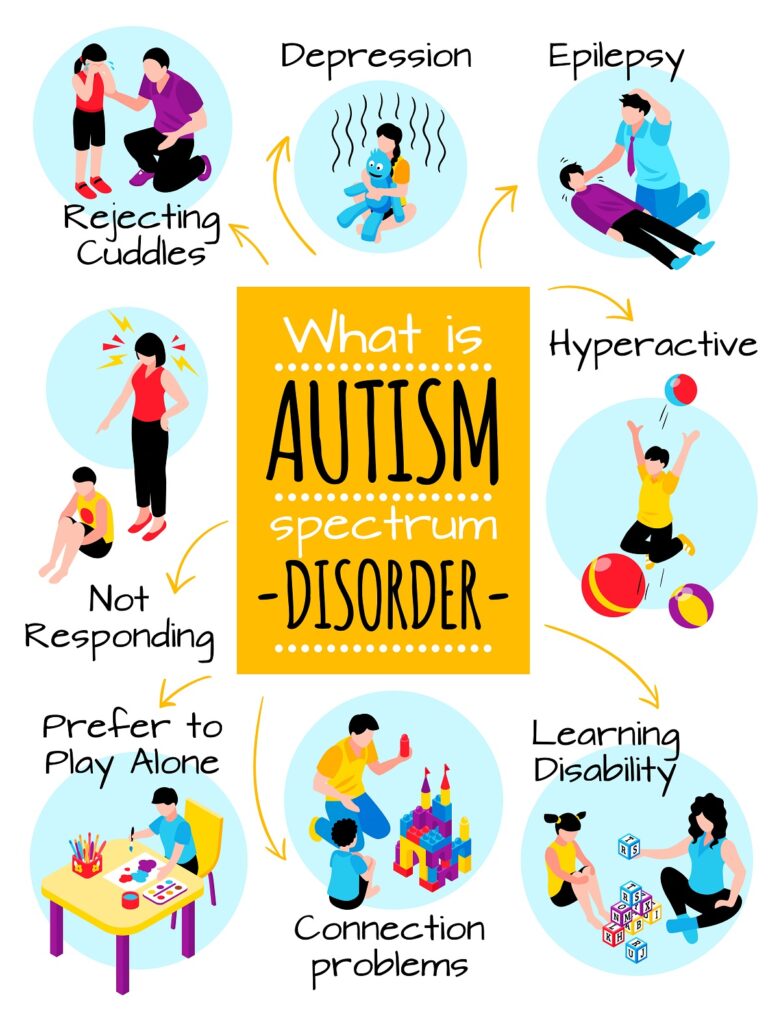One of the most critical questions parents often find themselves asking is, at what age is autism diagnosed? If you’ve found yourself pondering this, you’re not alone.
Early diagnosis can open doors to vital interventions and therapies that make a world of difference for a child on the autism spectrum. In this blog, I’ll share a bit of our personal journey. Provide you with the insights that can guide and comfort you during your own experience.
Average Age of Autism Diagnosis
In recent years, advances in early intervention research have underscored the importance of diagnosing autism as soon as possible. Yet, the average age of autism diagnosis varies widely depending on numerous factors such as geographical location, access to healthcare, and severity of symptoms.
According to the CDC, most children are still diagnosed after age 4, although autism can be reliably diagnosed as early as age 2. Many healthcare professionals agree that autism can be reliably diagnosed as early as 18 to 24 months.
Our Family’s Personal Experience
In our own life, our son started showing early signs of autism, such as repetitive behaviors and a lack of interest in social games, that alarmed us and pushed us to begin the diagnostic process.
After consulting with multiple healthcare providers, we received an autism diagnosis for our son at age 2.5, opening the door to targeted and effective treatments.
Challenges in Diagnosis: Why Some Cases Are Detected Late
Not all children fit the average age of autism diagnosis statistics. There are numerous reasons some children might be diagnosed later. Whether due to subtle symptoms or lack of access to specialized care.
Steps to Take If You Suspect Autism
it’s vital to take specific steps. Consult healthcare providers and seek assessments as early as you suspect something might be amiss. The sooner the diagnosis, the better the prospects for targeted interventions.
The Diagnostic Process: Steps and Criteria
Navigating the path to an autism diagnosis can be complex and emotionally draining for families. Yet, understanding the steps involved and the criteria used for diagnosis can provide some clarity in a confusing journey. Typically, healthcare providers rely on a set of established guidelines to identify autism spectrum disorder.
- Initial Observations and Screening
The first step often involves initial observations by parents, caregivers, or teachers. A preliminary screening is advisable if there are visible red flags, such as social challenges or repetitive behaviors. These screenings serve as the basis for whether a more comprehensive evaluation is necessary.
- Comprehensive Evaluation
After initial screenings indicate the need for further assessment, a more comprehensive evaluation takes place. This involves various tests and may include interviews, behavioral observations, and sometimes even genetic testing.
- Standard Diagnostic Criteria
The actual diagnosis is based on the criteria set forth in the Diagnostic and Statistical Manual of Mental Disorders (DSM-5), which provides a framework for identifying various characteristics associated with ASD. Children must meet specific criteria in terms of their social interactions, communication skills, and patterns of behavior.
- Consult Multiple Healthcare Providers
It’s often recommended to consult multiple healthcare providers for a well-rounded opinion.
Why Multiple Opinions Matter?
Different professionals have different experiences and expertise, which can be beneficial in getting a comprehensive diagnosis. Sometimes, early signs of autism can overlap with other conditions, and a second or third opinion can either confirm an initial diagnosis or provide new insights.
By understanding this diagnostic process, you’ll be better prepared for what to expect and how to advocate for your child during this crucial period. The sooner you start, the better, as early diagnosis opens the door for more targeted and effective interventions.
A Word of Caution for Parents: Early Intervention is Key
If you suspect your child may be on the autism spectrum, consult professionals as early as possible. Waiting for a child to “outgrow” their symptoms often results in lost opportunities for early intervention.
To sum up, it’s crucial to understand the milestones involved in recognizing at what age is autism diagnosed. Time is of the essence. The sooner you act, the better your child’s chances for a fulfilling life. Let’s emphasize once more the importance of early intervention—it’s the most empowering step you can take for your child’s future.
